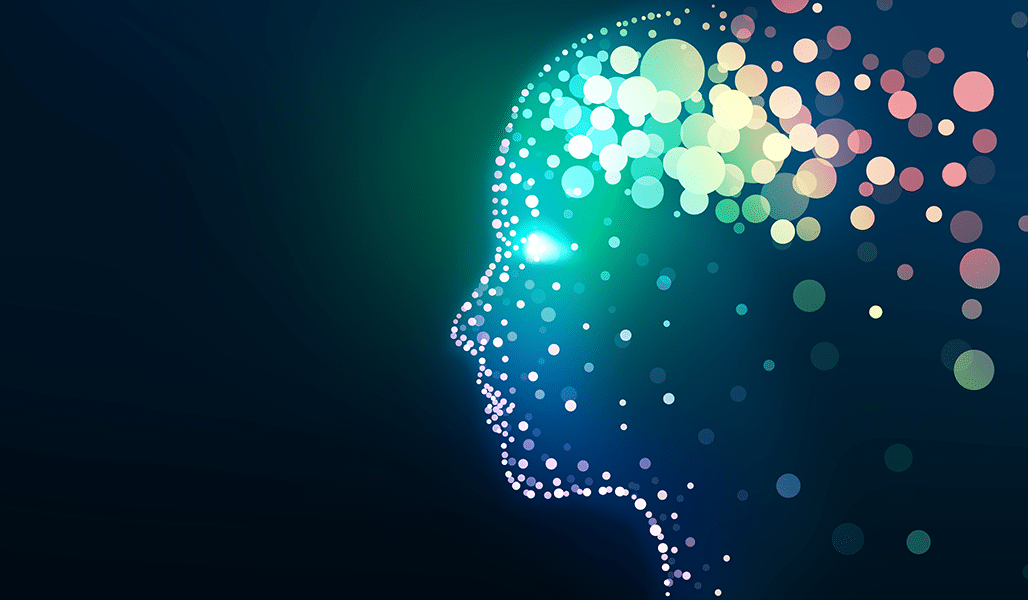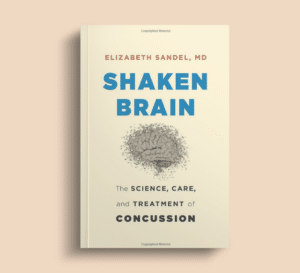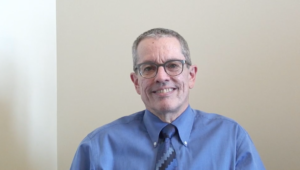Coma and Other Disorders of Consciousness

Research on Consciousness and Unconsciousness
Throughout human history, philosophers, mystics, and spiritual leaders have attempted to define the nature of consciousness. Scientists over many centuries have observed and investigated many different human brain functions, including conscious awareness. New research fields such as cognitive neuroscience emerged to solve the mind-brain “problem” of consciousness: how does brain activity give rise to our self-awareness and our thoughts and emotions?
Neuroscience research grew exponentially in the late 20th century. This expansion led to more and more investigations of the brain networks that underly consciousness. For example, today consciousness researchers are studying what happens to the brain during sleep and anesthesia. Others are investigating the brain networks of patients with disorders of consciousness due to injury and disease, a major research area for the study of unconsciousness.
Coma and Disorders of Consciousness
When a person does not respond to other people or environmental stimuli such as sounds, lights, or physical stimulation, we conclude that the person is likely to be unconscious or unaware. In healthcare, we refer to this as being in a coma or comatose state.
Unconsciousness usually occurs because of a brain injury — traumatic, anoxic (lack of oxygen supply to the brain), or metabolic (a chemical disruption in the body) — or because of certain drugs or excessive alcohol use. A brief period of unconsciousness can occur from a concussion (a mild brain injury) or syncope (fainting) due to dehydration, low blood sugar, or a temporary drop in blood pressure.
Severe injuries to the brain often result in a coma initially and sometimes develop into a more prolonged state of unconsciousness. This prolonged state is often referred to in the general literature as a prolonged coma. Medical terms for this prolonged state of unconsciousness are more precise because people do not stay in a coma indefinitely.
- Sometimes they emerge from a coma and become conscious.
- Others do not appear to regain consciousness, but they begin to open their eyes and have sleep-wake cycles at about three to four weeks after the onset of coma.
- If they evolve into a minimally conscious state (MCS), they show some responsiveness, but they respond inconsistently and sometimes with a long latency (the period before they show a response). Sometimes a person in the MCS vocalizes (makes sounds) or verbalizes (speaks), and sometimes they do not.
- Another group of patients will evolve into the vegetative state (VS), also termed the unresponsive wakefulness syndrome (UWS) — a preferable term because VS can be perceived as pejorative (the person is “a vegetable”). UWS patients continue to show no evidence of awareness, despite eye-opening and sleep-wake cycles.
Coma Diagnosis is Error Prone
Physicians and other healthcare providers have had to rely primarily on behavioral observation of patient responses to determine if they are conscious. Structured evaluations using instruments such as the Glasgow Coma Scale (CGS) and the Coma Recovery Scale-Revised (CRS-R) have helped standardize how comatose patients are evaluated. Nevertheless, there have been prominent cases in the medical literature and in the media of misdiagnosis in patients thought to be unconscious but determined to be conscious after more evaluations. There is a high diagnostic error rate because the current clinical tools to detect awareness are imprecise.
Advances in Neuroimaging
Advances in technology over the last few decades suggest that we are on the cusp of breakthroughs in our ability to diagnose and prognosticate (predict outcomes) for people with brain injuries and those in a coma or with other disorders of consciousness. Advanced techniques such as functional magnetic resonance imaging (fMRI), electroencephalography (EEG), and positron emission tomography (PET) scans can provide helpful information. Unfortunately, most of these technologies are only available in research institutions.
Researchers use these technologies to pinpoint which neural systems are responsible for awareness and what disruptions cause unconsciousness. For example, some researchers have used fMRI studies to examine the default mode network, a brain system that appears to be essential for consciousness. Disconnections between the cortex (the most advanced region of the brain), the thalamus (a relay station in the brain), and other centers deep in the brain may underlie disorders of consciousness. If so, restoration of the transmission of messages across these networks could restore consciousness.
Newer terms such as covert consciousness and cognitive-motor dissociation derive from the fact that some patients who seem not to be are in fact aware. Some techniques study patients at rest, while others examine patients as they carry out task-based protocols.
The first task-based study of this phenomenon used fMRI scanning to assess a woman with a brain injury thought to be in a UWS. Neuroscientist Adrian Owen and his fellow researchers documented that her lack of movement was misleading and did not represent what was actually happening in the awareness centers of her brain. She was aware but could not show this by moving in response to the examiner. The researchers asked her to imagine playing tennis and to imagine walking around the rooms in her home, and those requests elicited signal activation in the supplementary motor area of her frontal lobes. This finding of activity in that part of the brain was consistent with what occurred in the brains of healthy control subjects.
Neurologist Brian Edlow and other researchers believe that approximately 15-20 percent of patients with disorders of consciousness may show evidence of covert consciousness or cognitive-motor dissociation when evaluated with these types of advanced technologies.
Disorders of Consciousness Guidelines
Two new clinical practice guidelines may aid clinicians in diagnosing and predicting outcomes for people with disorders of consciousness. In 2018, the American Academy of Neurology (AAN), the American Congress of Rehabilitation Medicine (ACRM), and the National Institute for Disability, Independent Living, and Rehabilitation Research (NIDILRR) published updated U.S. guidelines. The guideline group confirmed the evidence that patients with a brain injury acquired through trauma have a better chance of recovery than those with brain disorders from medical conditions such as diabetic coma or cardiac arrest with anoxia. They also concluded that they could not reliably distinguish a minimally conscious state from a UWS/VS using clinical assessments with more than a low to moderate degree of confidence. The U.S. group concluded that it was “possible” that advanced technologies could help distinguish the two different states and, therefore, potentially predict outcomes more reliably.
In its 2020 guideline for coma and other disorders of consciousness, the European Academy of Neurology recommended using bedside assessment tools and careful inspection of voluntary eye movements. They stated that advanced technologies should be integrated into diagnostic and prognostic determinations and that “a patient should be diagnosed with the highest level of consciousness as revealed by any of the approaches: clinical assessments, EEG, and neuroimaging studies.”
In situations where clinicians try to predict too early, or clinical assessments are not accurate, decisions may then contribute to unfavorable outcomes (including premature decisions to discontinue life-sustaining care) — in other words, this could be a “self-fulfilling prophecy.” The Curing Coma advocacy and research campaign, launched by the Neurocritical Care Society, is a multidisciplinary effort that focuses on research to find effective diagnostic tools and treatments for people in comatose states and advocacy for families and patients.
Stay tuned for more emerging scientific evidence about how our brains function when we are conscious or unconscious, and how we might more effectively treat disorders of consciousness.
You Might Also Like
Falls and Brain Injury in Older Adults
Traumatic brain injuries are very common in older adults who fall. They can result in hospitalization, death, or disability especially in this age group and those on certain medications. In this post, an elderly woman has a delayed hematoma from an injury that could have been deadly. Falls can be prevented and Dr. Sandel shares important information about risk factors and tips for prevention.
The Consequences of Concussions Are Not Necessarily “Mild”
Caroline had a sports-related concussions on the soccer field. Immediate removal from a game or practice after a suspected concussion should be followed by a medical evaluation. Death and disability from second impact syndrome can be prevented with adherence to guidelines and laws enacted in all states and the District of Columbia.
Comprehensive Care of Concussions
Dr. Richard Delmonico, a neuropsychologist, outlines the approaches to triage and treatment in a concussion clinic in the Northern California Kaiser Permanente health system. He also discusses the uses of neuropsychological testing to help with diagnosis and management of people with concussions and other brain injuries.
Keep up to date
Get updates on the latest in concussion, brain health, and science-related tools from Dr. Elizabeth Sandel, M.D.
By clicking SIGN UP, you agree to receive emails from Dr. Sandel and agree to our terms of use and privacy policy.
Get the book!




